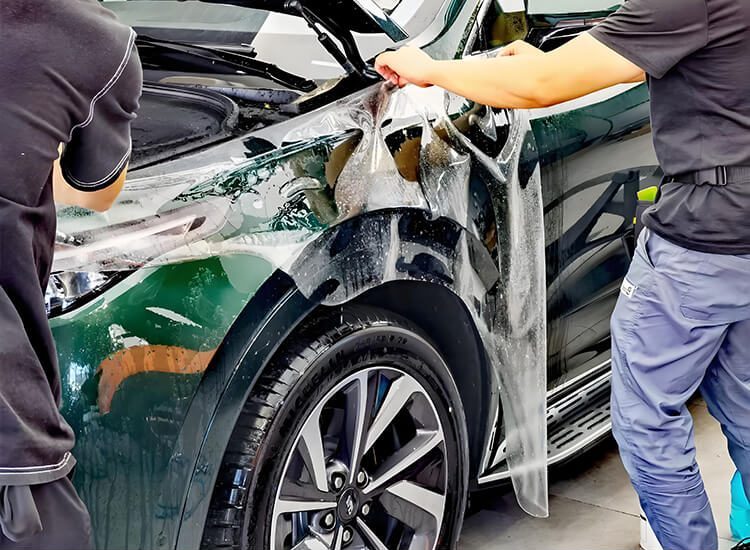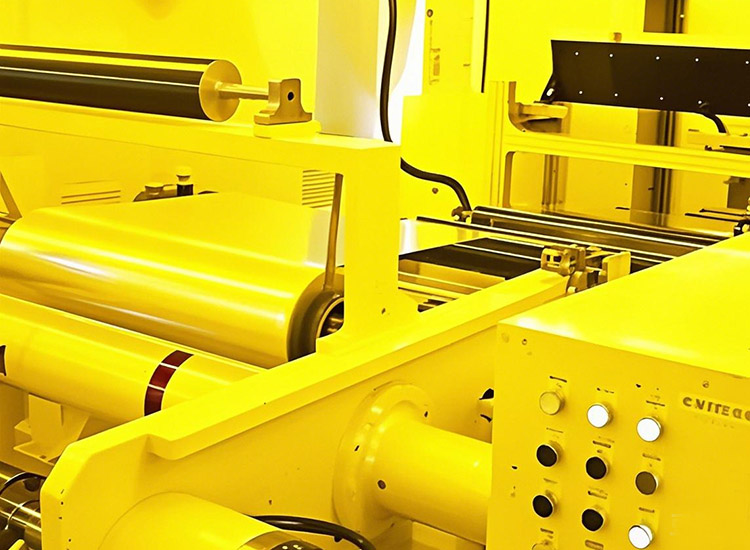Paint Film Protection for Cars vs Ceramic Coating: Which Protects Better in Real Life?
When it comes to keeping your car’s paint looking new, two options dominate conversations among enthusiasts and everyday drivers alike: paint protection film (PPF) and ceramic coating. Many people search for answers like paint film protection for cars vs ceramic coating cost comparison or which lasts longer: paint film protection for cars or ceramic coating? because they want to know which solution actually provides the best real-world value. This guide will break down both technologies from a user’s perspective, showing you what they do, where they differ, and how to choose the right protection for your lifestyle, budget, and driving conditions.
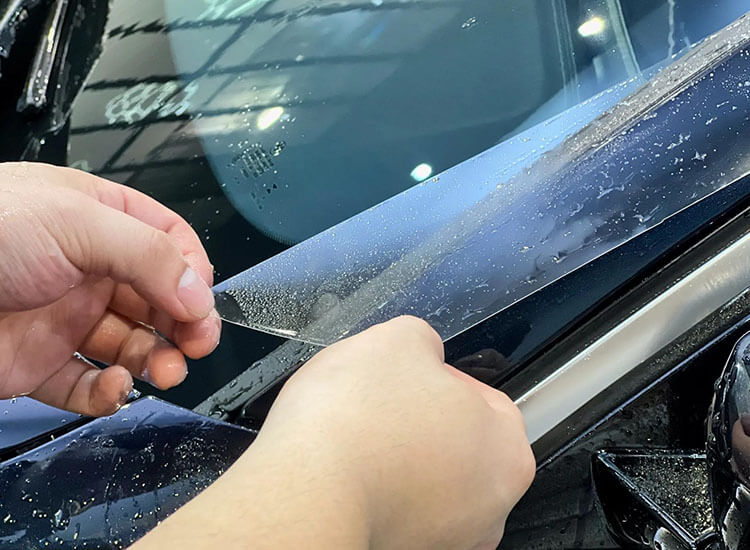
What Is Paint Protection Film?
Paint protection film, often called PPF or clear bra, is a transparent polyurethane film applied to a car’s painted surfaces. It was originally developed for military use, but it’s now popular among daily drivers, luxury car owners, and sports car enthusiasts. Modern films are highly durable, self-healing under heat, and almost invisible once installed. Many people search for terms like self-healing paint protection film vs ceramic coating because they want to understand how PPF stands apart from other protective products. If you are new to this solution, you can explore Paint Film Protection for Cars to learn why it has become a preferred choice for long-term car care.
Key Benefits of Paint Protection Film
- Strong resistance against rock chips, road debris, and scratches
- Self-healing surface that erases light marks with heat
- Maintains car’s original paint color without altering appearance
- Available in gloss, matte, or even black finishes for style customization
- Protects high-impact areas such as front bumpers, hoods, and side mirrors
What Is Ceramic Coating?
Ceramic coating is a liquid polymer applied to the car’s paint, bonding chemically to create a protective layer. It doesn’t add thickness like PPF, but it enhances gloss, water beading, and UV resistance. Many people search for ceramic paint protection vs paint protection film to understand how it differs from a physical barrier like film.
Key Benefits of Ceramic Coating
- Creates a hydrophobic surface that repels water, dirt, and grime
- Enhances paint’s depth and gloss for a show-car shine
- Provides UV protection to reduce fading and oxidation
- Easier to clean because contaminants don’t bond easily
- Can be layered over PPF for maximum protection
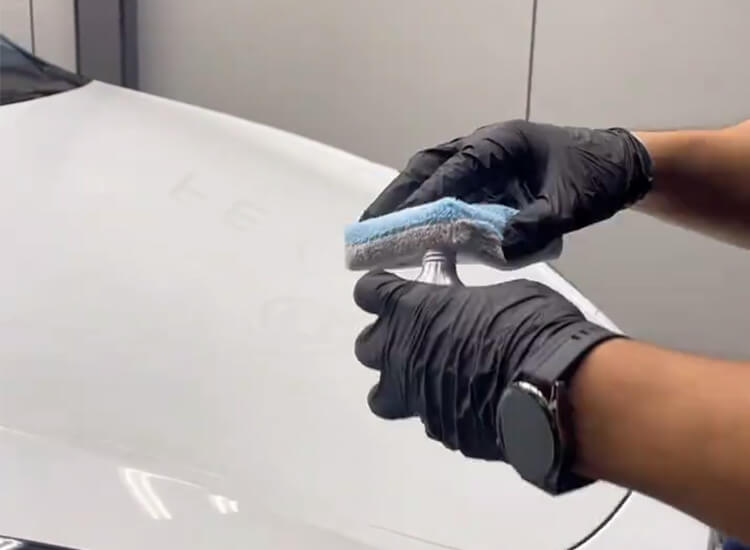
PPF vs Ceramic Coating for Cars: Core Differences
When comparing PPF vs ceramic coating for cars, the main distinction lies in physical versus chemical protection. Paint protection film is a thick physical shield that absorbs impacts, while ceramic coating is more like a chemical armor that makes cleaning easier and adds shine. Drivers also need to know that there are different styles available, such as gloss, satin, and stealth finishes. To understand better, check out Types of Paint Protection Film.
Protection Level
- PPF defends against stone chips, scratches, and harsh debris
- Ceramic coating resists chemical stains, UV rays, and water spots
Durability
- PPF typically lasts 5–10 years depending on brand and installation quality
- Ceramic coating usually lasts 2–5 years before reapplication is needed
Cost
- Paint protection film vs ceramic coating cost varies widely; full-body PPF can be several thousand dollars, while ceramic coating is usually less expensive but requires more frequent maintenance. You can see a detailed breakdown at PPF Coating Cost.
Which Is Better: PPF or Ceramic Coating?
The most common search query is which is better PPF or ceramic coating? The answer depends on your driving style, budget, and goals. If you drive long distances on highways or live in areas with gravel roads, PPF is usually better. If you’re more concerned with shine and easier cleaning, ceramic coating might be enough. Many owners actually combine both—PPF on high-impact panels and ceramic coating on the entire vehicle.

Cost Comparison: Paint Film Protection for Cars vs Ceramic Coating
Drivers often search for paint film protection for cars vs ceramic coating cost comparison. In general:
- Full front PPF: $1,500–$2,500
- Full body PPF: $4,000–$8,000+
- Ceramic coating: $800–$2,000 depending on size and layers
While ceramic coating seems cheaper, it won’t prevent paint damage from rock chips or scratches. That’s why luxury car owners often choose both. If you want to understand the overall financial aspect, Paint Film Protection for Cars: Cost and Value provides a complete guide.
Durability Test: Which Lasts Longer?
Another frequent query is which lasts longer: paint film protection for cars or ceramic coating? In durability, PPF wins because it is a thicker, physical barrier. It can last up to a decade with proper care. Ceramic coatings may need to be reapplied after 2–5 years. Curious about how long different products really last? You can read more at Car Paint Protection Film Lifespan.
Pros and Cons of Paint Film Protection vs Ceramic Coating
Pros of PPF
- Best physical protection
- Self-healing surface
- Excellent for resale value
Cons of PPF
- Higher upfront cost
- Requires professional installation
- May yellow over many years if not high-quality
Pros of Ceramic Coating
- Affordable compared to full PPF
- Hydrophobic and glossy finish
- Simple maintenance routine
Cons of Ceramic Coating
- No real impact resistance
- Needs reapplication over time
- Doesn’t stop scratches or rock chips
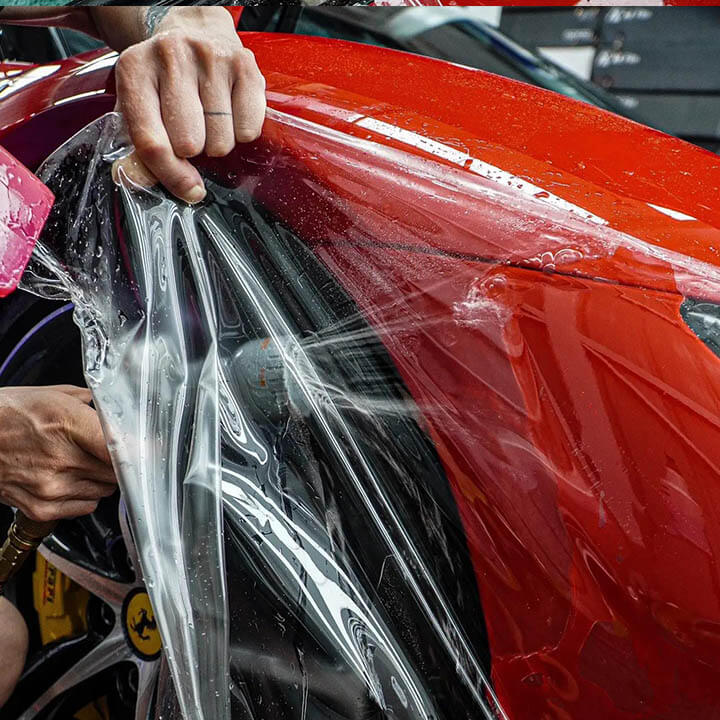
PPF vs Ceramic Coating for Tesla Model 3 and Other EVs
Tesla owners often search PPF vs ceramic coating for Tesla Model 3. Because Tesla paint is known to be thinner and more prone to chips, many owners recommend PPF at least for the front end. Ceramic coating can be added for gloss and water repellency. This combination ensures both protection and style. Choosing the right brand can make a big difference, so reviewing Top 12 PPF Brands For Cars is a smart starting point.
Performance on Dark Cars
One question people ask is paint film protection for cars vs ceramic coating for black cars. Dark paint shows swirl marks and scratches more easily. PPF provides superior scratch resistance, while ceramic coatings enhance the depth of black color. For those who want a unique stealth or matte look, check out Car Paint Protection Film for Matte Finish Cars.
Hot and Cold Climate Considerations
Climate matters too. Some ask, is paint film protection for cars better than ceramic coating in hot climates? PPF tends to handle stone chips and UV exposure better, while ceramic coating resists water spots in humid or rainy areas. In cold weather, PPF vs ceramic coating in snow and rain tests show that PPF protects against salt and gravel, whereas ceramic coating makes washing off slush easier.
Luxury Cars and Resale Value
Luxury car owners often wonder, paint film protection vs ceramic coating for luxury cars (BMW, Mercedes, Audi). In the resale market, buyers value PPF because it preserves original paint. Ceramic coatings, while enhancing shine, don’t offer the same level of physical protection. This makes PPF a stronger investment if resale value is a priority.
Maintenance Guide: Keeping Both Options at Their Best
For those searching maintenance guide: paint film protection for cars vs ceramic coating, here are some tips:
- Wash with pH-neutral soap to avoid damaging either layer
- Avoid automatic car washes with brushes
- Use microfiber towels to reduce swirl marks
- For PPF, inspect edges periodically to ensure adhesion
- For ceramic coating, refresh with a top coat every 12–18 months
Knowing how the process works also helps, especially if you’re considering professional services. Learn more at Car Paint Protection Film Installation Process.
Can You Use Both Together?
Yes. One of the top queries is can you apply ceramic coating over paint protection film? The answer is yes, and many installers recommend this approach. The film provides impact protection while the coating adds gloss and hydrophobic behavior. This “best of both worlds” solution is popular among enthusiasts who want maximum coverage.
The Best Option for Daily Drivers
For everyday drivers, the best option for daily driver: paint protection film or ceramic coating depends on how much you want to invest. If your roads are rough or you drive a high-value car, PPF offers unmatched protection. If your goal is low maintenance and shine, ceramic coating alone could be enough. For the ultimate peace of mind, consider a combination—film on vulnerable panels and coating on the entire body.
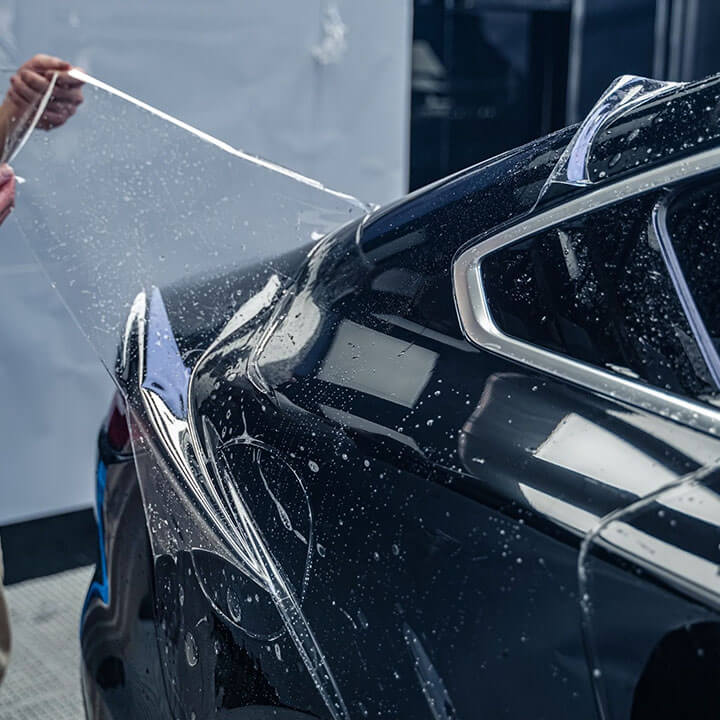
FAQs
1. Is paint protection film better than ceramic coating?
Paint protection film is better for impact resistance and long-term paint preservation, while ceramic coating is better for gloss and ease of cleaning.
2. Which lasts longer ceramic coating or PPF?
PPF typically lasts 5–10 years, while ceramic coating lasts 2–5 years before reapplication is needed.
3. Can you apply ceramic coating over paint protection film?
Yes, ceramic coating can be applied over PPF to combine the benefits of both technologies.
